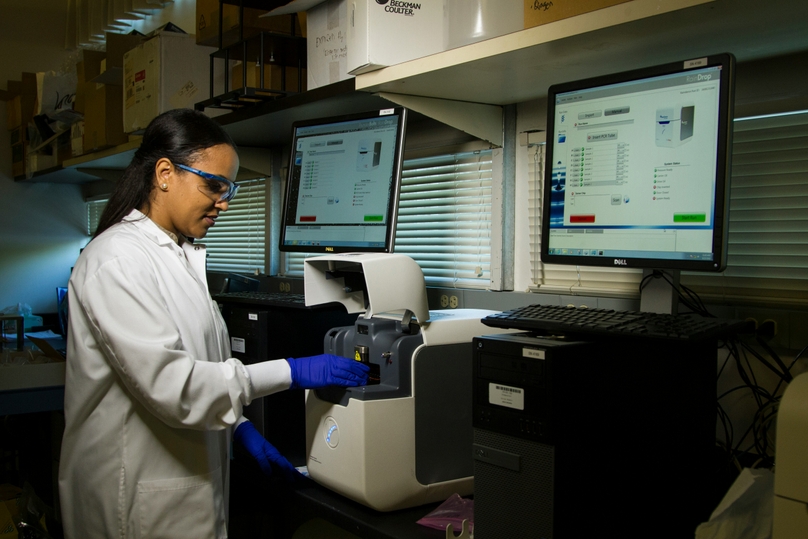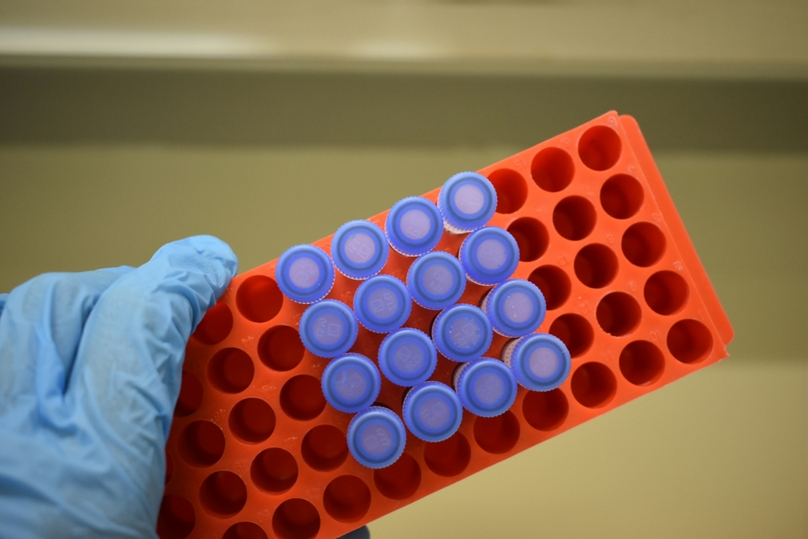Why Cloud Computing is changing Science and Engineering?
Cloud computing is changing the field of research by making more data available, improving communication and increasing collaboration for scientists everywhere. Science and engineering, two disciplines that are critical to innovations in ecology, health, energy, defense and more, have been limited for many years by the speed at which they could gather and validate data. Let's discover how and why cloud computing is changing science and engineering.
More Data
The amount of data that is available is beyond vast. Fifty years ago, much of that data was in disparate databases, not easily accessed by anyone outside of the organization that owned it. Advances in cloud technology have made it easier to connect and access data for scientific computing. The Human Genome Project, made possible by information sharing on the internet, has led to the identification of 1,800 genes that cause disease. The data for this project makes it more immense than any other scientific project to date.
Faster Access
Just having data does not mean that it can be instantly useful. Imagine having access to all the historical documents and groundbreaking books of the last 200 years at your disposal in one big library. How long would it take you to read and understand all that writing?
You would need a way to quickly get the salient details from each to make having the access effective. Faster networks to access the data combined with data mining is what has made the overwhelming amount of information available on the cloud quickly usable to researchers.
Increased Collaboration
With the success of collaborative research like the Human Genome Project that gives us a look at the genetic makeup of our body and its diseases, scientists, engineers, physicians and researchers realize that working collaboratively is the key to solving common global issues like disease.
Another project, the Cancer Genome Atlas (TCGA) program, has already shared over 2.5 petabytes of data that is publicly accessible by anyone to use to advance the research of cancer treatment.
How Cloud-Based Life Science Management Systems Can Make A Difference
Connect project data with reagent usage data. With insight both into project performance and reagent usage, you’ll be able to innovate more efficiently in the future.
With the progress of new scientific techniques and high-throughput modalities, biotech R&D organizations are generating larger volumes of data with increased complexity. Collecting, standardizing, and analyzing this data across teams, projects and processes is crucial to accelerating research timelines and informing key decisions.
However, legacy software hasn’t adapted to this new environment, resulting in rigid data silos and inconsistent data models. As a result, scientists and R&D organizations struggle to extract insights from their data and key decisions are often based on incomplete information.
To better understand the nature of these challenges and identify the core questions that R&D organizations are struggling to answer with their current systems we consolidated five themes in using rigid systems, as well as suggestions for how you can address them in your own R&D organization.
Siloed Sample Data Entry
Challenge: To get the complete picture of a sample, a wide range of interrelated entities that produce specific types of data need to be captured and interlinked. Legacy software wasn’t built to model the complexity of biological entities.
Significance:
- Compared to traditional R&D, modern life science R&D is much more complex. The full history of a sample comprises many different types of data, from plasmids, to cell lines, to oligos.
- R&D organizations need a complete history to fully understand a sample and make informed decisions.
- Comparing different samples side-by-side can provide insights for future identification.
Solution? Use tools that are built with biology in mind to capture and interlink relevant types of data.
Replication Failures
Challenge: Spreadsheets, emails and legacy R&D software don’t provide an easily accessible experiential history. Data is often lost, inaccurate, or duplicated.
Significance:
- Data is the foundation of any successful life science R&D program. Without centralizing and analyzing all the data behind a candidate, companies can’t get the insights they need to move their pipeline forward.
- Anytime data is siloed there is a chance for missing information. Connecting assay data with process parameters ensures your team doesn’t waste time duplicating experiments.
- Recording results along with all of the relevant context is critical for regulatory approvals.
Solution? Connect assay data with data on processes and consumable usage. Scientists and decision-makers will be able to understand the steps that led to a result, making their processes transparent and repeatable.
Difficulty Collaborating With Other Researchers
Challenge: With legacy systems, data is often housed in silos making it difficult to communicate and collaborate with team members. Scientists have to manually track down sample data or repeat experiments.
Significance:
- Team members need access to data from earlier stages of experiments to inform their work.
- Out of context and without all of the relevant data samples become meaningless, wasting resources and time.
Solution: Connect your inventory and project management systems. By integrating these tools, you can prevent gaps in the data and keep the pipeline moving.
Process Bottlenecks And Slow Project Management Iterations
Challenge: Life science R&D processes are inherently complex and iterative. It’s difficult for organizations to identify bottlenecks and optimize processes without data on the processes themselves.
Significance:
- Modern life science r&d involves a large number of distributed teams and processes, r&d leaders need a way to manage them concurrently.
- Quickly identifying bottlenecks before they become a larger problem is critical to saving time and resources.
- Real-time insights into process performance are key to process optimization.
Solution? Leverage your data management system to unify inventory tracking with project management and gather data on process performance (ex. Process runtime, reagents used) and results. This will give clear insights into project processes and ensure rapid iteration.
Forecasting Errors
Challenge: Life sciences R&D forecasting is largely dependent on the company’s own historical data. Incomplete, siloed data storage threatens forecasting accuracy.
Significance:
- Understanding the performance of past projects and the resources they require is key to accurate forecasting.
- Estimating the right amount of resources can affect the ultimate success of the project.
- Accurate forecasting saves time, reduces unnecessary work, and conserves resources.
Solution? Connect project data with reagent usage data. With insight both into project performance and reagent usage, you’ll be able to innovate more efficiently in the future.
While life science R&D is developing incredible solutions to global problems, this groundbreaking work is often being done with outdated tools that weren’t designed with the complexity of life sciences in mind. If you’re struggling with these challenges, you may already know that the tools you’re using aren’t innovative enough to keep up.
With a modern life science R&D cloud solution
- A solution built with biology in mind that captures the complexity of biological entities.
- The capability to track, interlink and easily search the numerous types of data that make up the experiment lifecycle.
- Unified inventory tracking and project management reporting that gives a clear view of project progress.
- Real-time data on process performance is captured in a flexible system that allows you to identify bottlenecks and rapidly iterate.
- Integrated process data and reagent tracking, to improve resource allocation.
To understand how cloud computing programs can streamline research, contact Genemod for a demo.


















